Ecommerce merchandising is the digital equivalent of designing a physical store layout. It’s how you strategically display products and create an online experience that guides shoppers from “just looking” to “add to cart.” A well-merchandised site isn’t just about looks; it’s an active sales tool working 24/7 to improve sales, increase average order value, and build real customer loyalty.
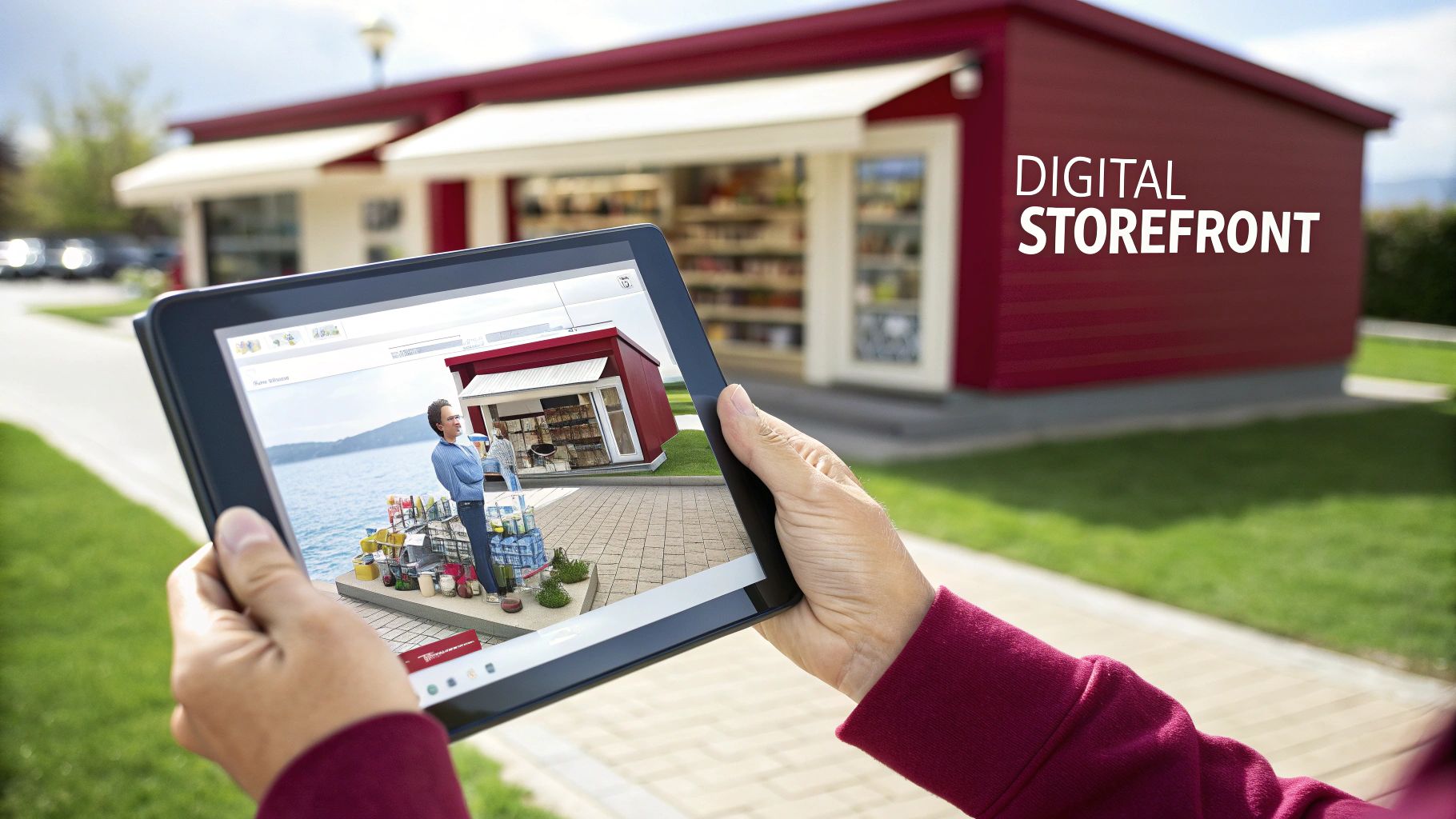
Imagine walking into your favorite retail store. The bestselling items are right up front, complementary accessories are placed nearby, and big seasonal promotions are impossible to miss. That’s merchandising in the physical world.
Ecommerce merchandising applies those same proven principles to your online store, using digital tools to shape how customers interact with your products.
This is more important than ever. Global online retail sales are expected to hit between $6.42 trillion and $8.3 trillion in 2025, with online shopping climbing to roughly 24% of all retail sales. The brands driving that growth are the ones delivering personalized and engaging online experiences, which is the heart of modern ecommerce merchandising.
A solid digital merchandising strategy looks at the entire customer journey, from the second they land on your site to the final click. It also works in harmony with the different stages in the product life cycle, making sure new arrivals get the visibility they deserve while clearance items are moved out efficiently.
Core Ecommerce Merchandising Strategies
Great online merchandising doesn’t happen by accident. It’s a deliberate process of guiding shoppers, making products irresistible, and ultimately increasing your average order value (AOV). Think of these strategies as the fundamental building blocks for turning casual browsers into loyal customers.
Below are the are the core actions you can put into play today to see real results.
1. Compelling Homepage & Brand Messaging
Your homepage is the front door of your store. Within seconds, shoppers decide whether to stay or bounce, so your layout and message must do the heavy lifting. Focus on product positioning tactics that instantly communicate value and credibility.
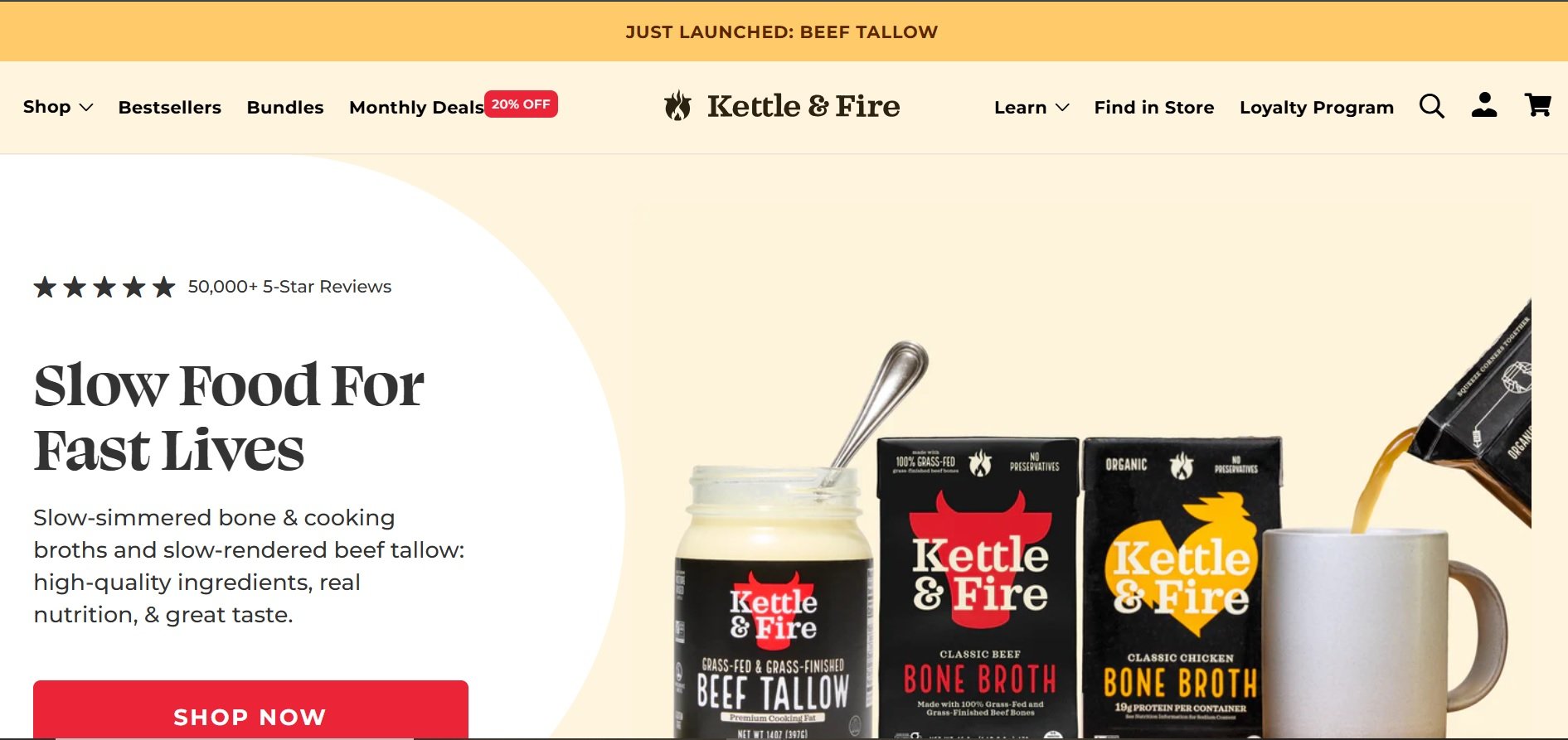
- Use a bold headline or tagline that reflects your brand promise and what makes you different.
- Feature top-selling products or promotions above the fold to drive engagement.
- Add social proof (star ratings, testimonials) and trust badges early on the page.
- Highlight your value proposition (“Free 2-Day Shipping” or “Ethically Sourced”) with badges or icons.
- Run A/B tests on hero banners, CTAs, and color schemes to refine engagement.
2. Logical Product Organization
Good merchandising starts with category page optimization. A well-structured catalog helps shoppers find what they need faster and naturally increases cart size.
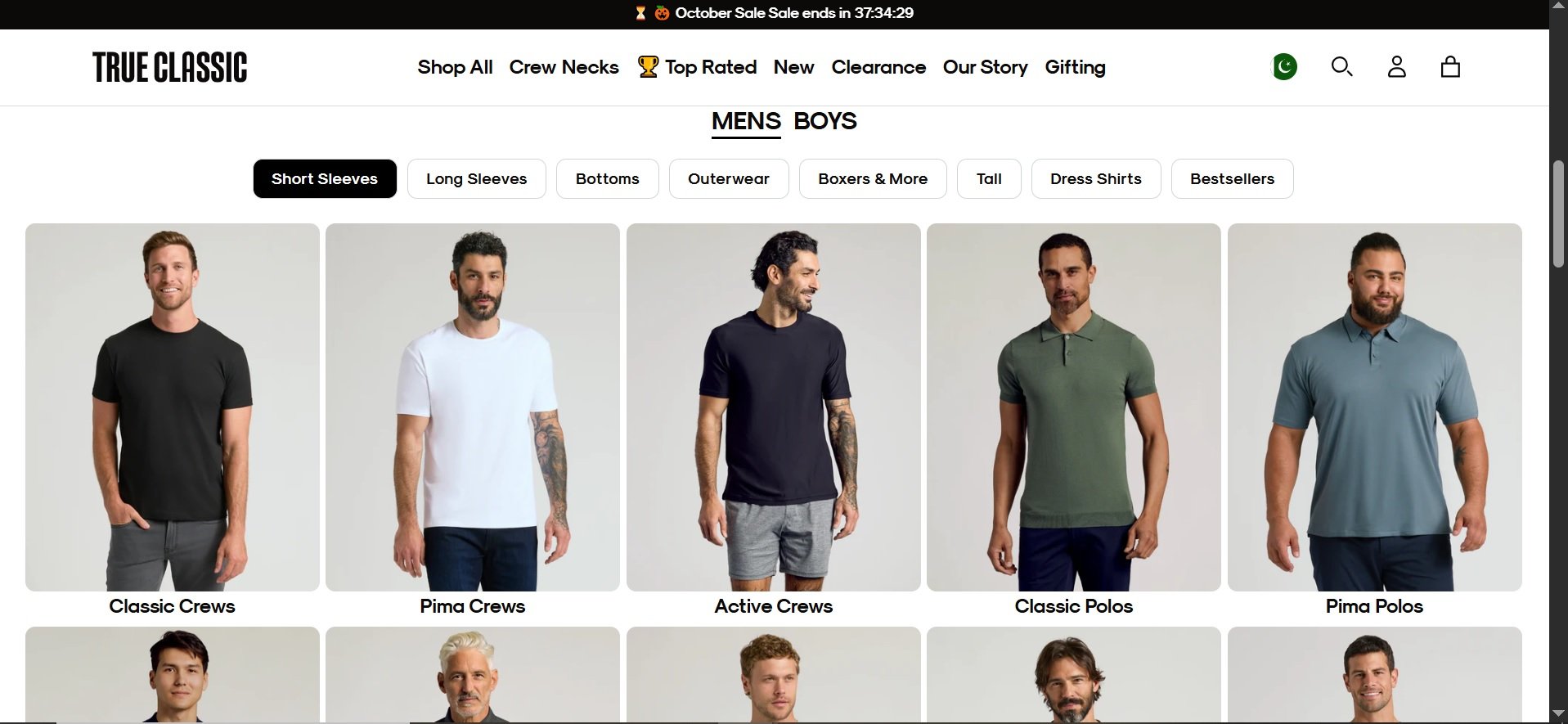
- Group related products into intuitive categories and curated collections (e.g., “Fall Favorites,” “Tech Under $100”).
- Use retail product curation to feature themed or influencer-inspired sets.
- Keep menus and breadcrumbs clean so users always know where they are.
- Keep category images consistent for a cleaner look.
- Highlight subcategories with icons or visuals for quick discovery.
3. High-Quality Visuals & AR/VR Integration
Online shoppers rely on visuals to replace the in-store experience. Investing in strong imagery and immersive visual merchandising techniques can dramatically improve conversions.
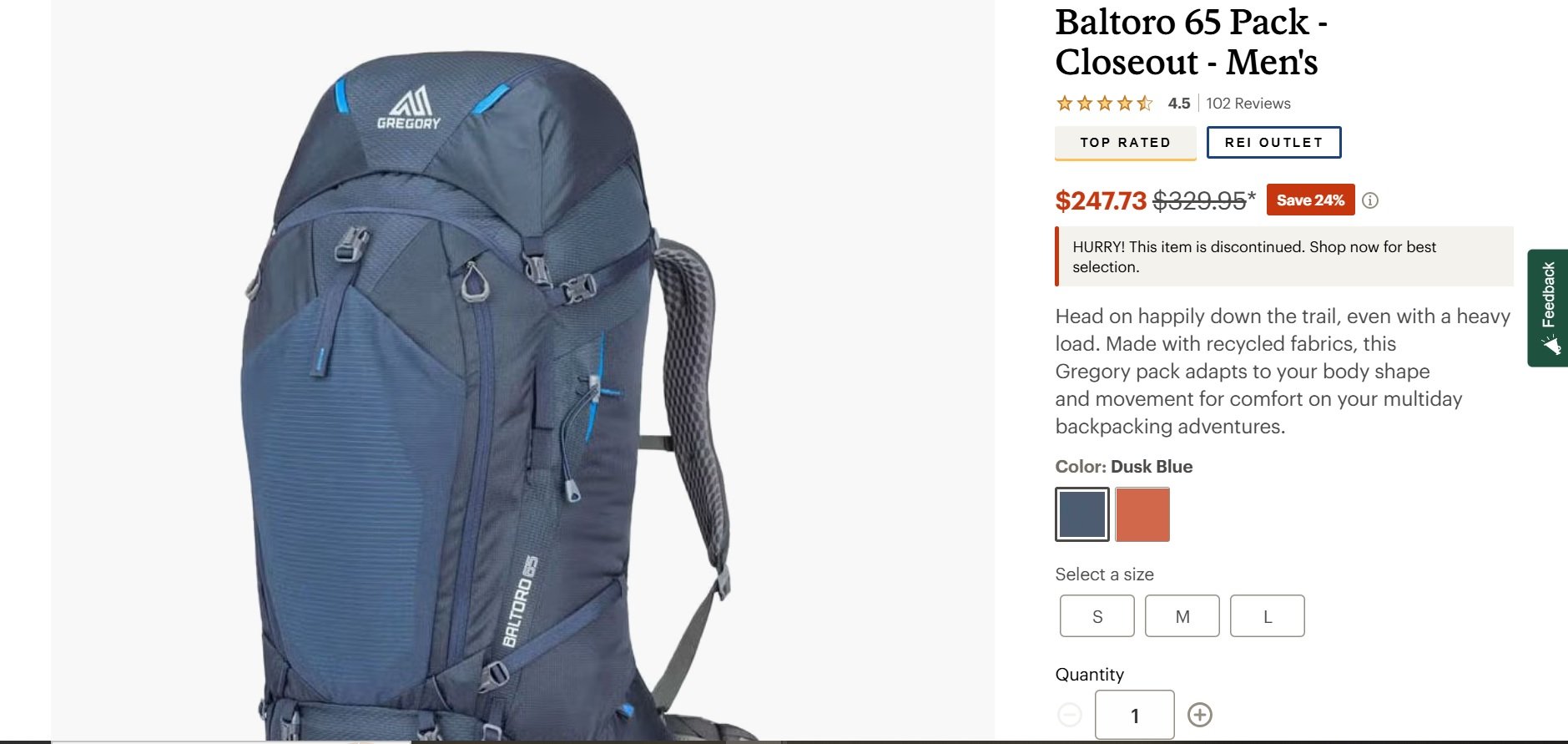

- Use high-resolution product photos from multiple angles and allow zooming.
- Include lifestyle images that show products in real-life settings.
- Offer 360-degree spins or short product videos.
- Consider AR or 3D previews; Shopify reports up to 94% higher conversions for products with AR.
- Maintain image consistency and color accuracy across devices.
- Add alt text and descriptive filenames to support SEO and accessibility.
4. Advanced Site Search & Navigation
A fast, intuitive search system improves product discovery optimization and helps shoppers feel in control. When site search works like a personal shopper, conversion rates jump.
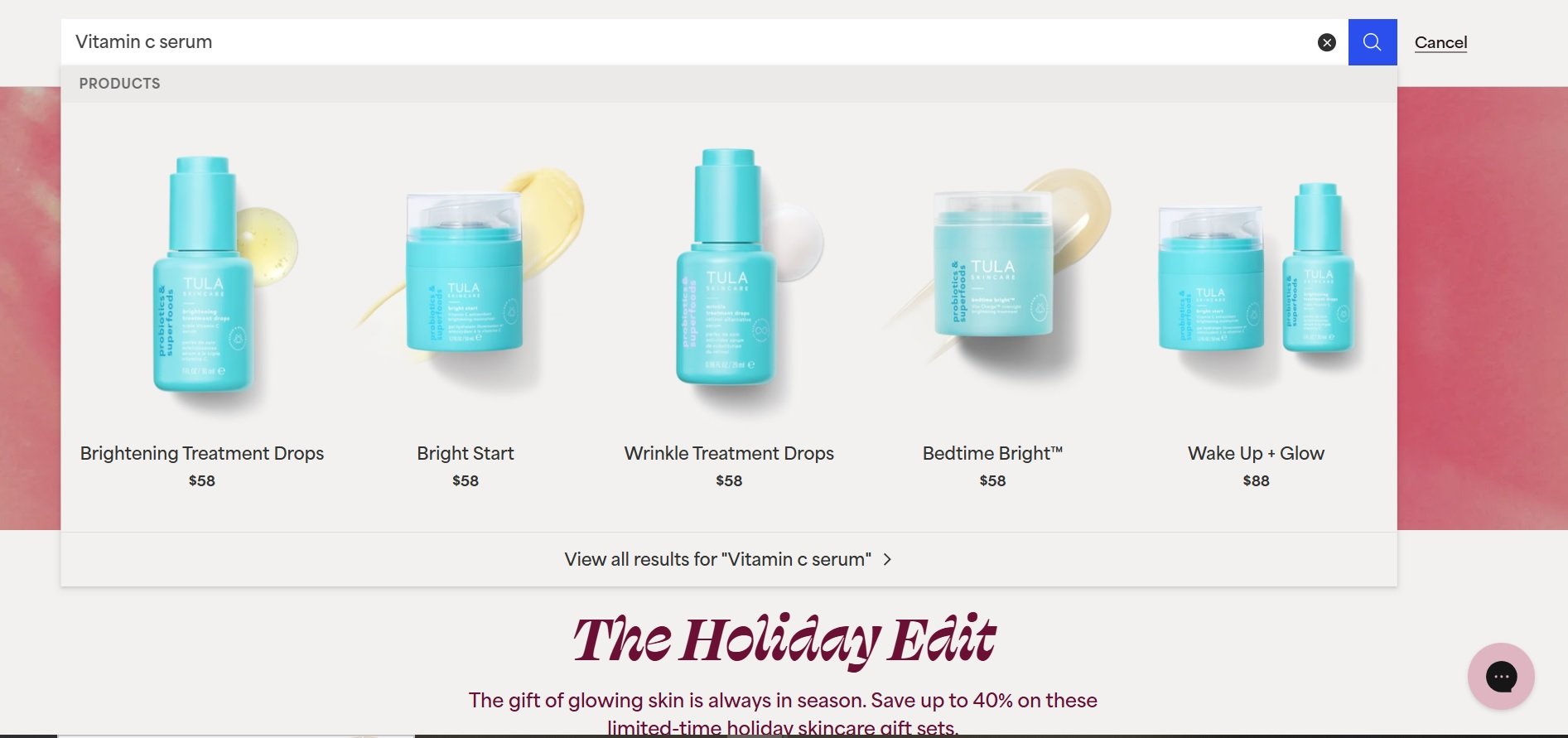
- Include auto-suggestions and typo correction to prevent empty results.
- Use dynamic product sorting to prioritize popular or trending products.
- Add filters (size, brand, material, price) for precise browsing.
- Display product thumbnails in search results to reduce clicks.
- Keep the search bar visible and large on mobile screens.
5. Cross-Selling, Upselling & Bundling
This is where conversion rate optimization directly meets profit. Well-placed product suggestions can lift Average Order Value (AOV) without feeling pushy.
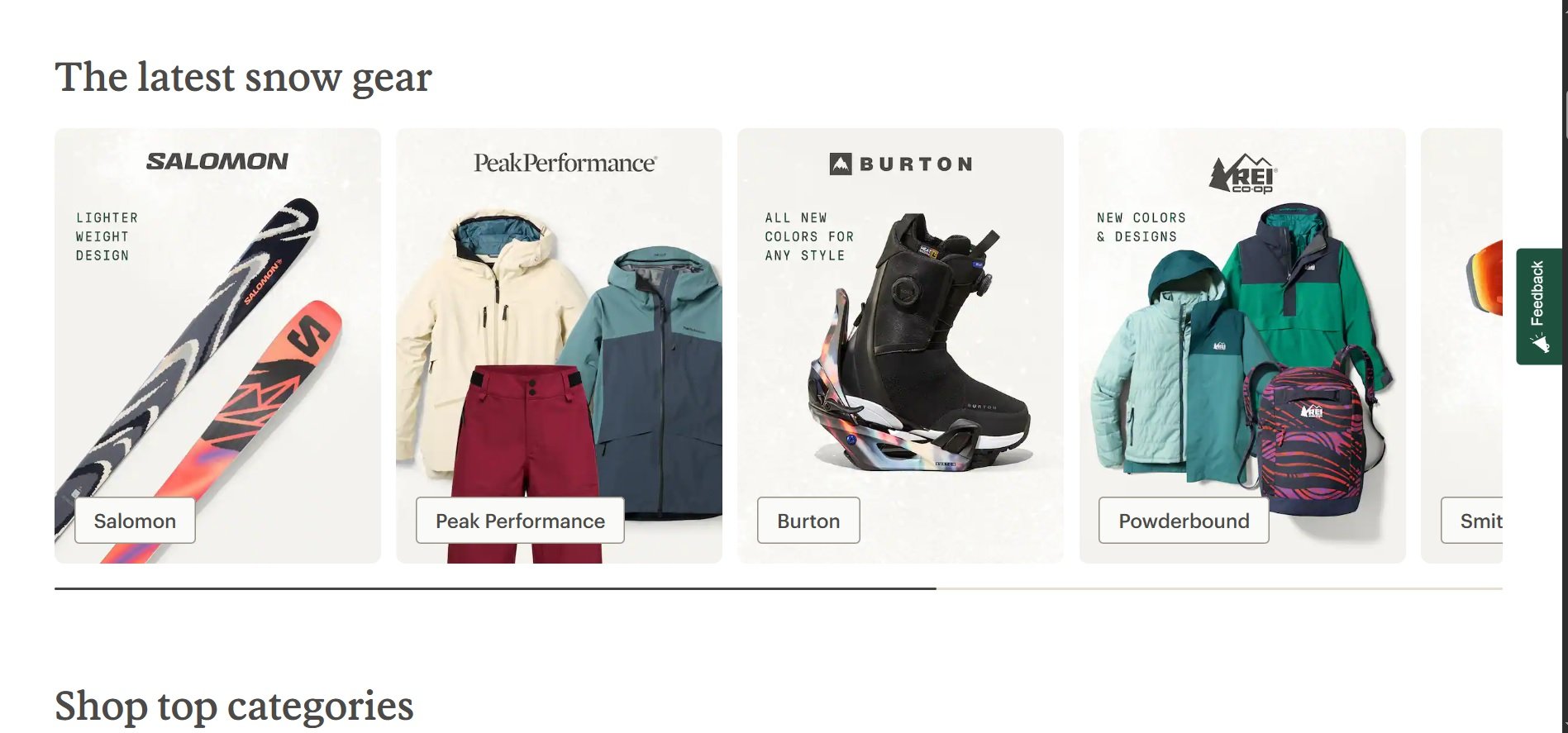
- Use AI-driven product recommendation engines to display “Frequently Bought Together” or “Complete the Look” bundles.
- Offer a premium version or add-on service as an upsell on the product page.
- Bundle complementary items with small discounts (e.g., camera + tripod + case).
- Show smart suggestions at checkout to encourage last-minute add-ons.
Getting your upselling right can have a massive impact on your average order value (AOV). For detailed guide into the specifics, this a comprehensive cart upsell guide has some fantastic, actionable advice.
6. Personalized Recommendations
Personalization is now the standard, not a luxury. Online retail personalization uses browsing behavior and past purchases to shape the shopping journey.
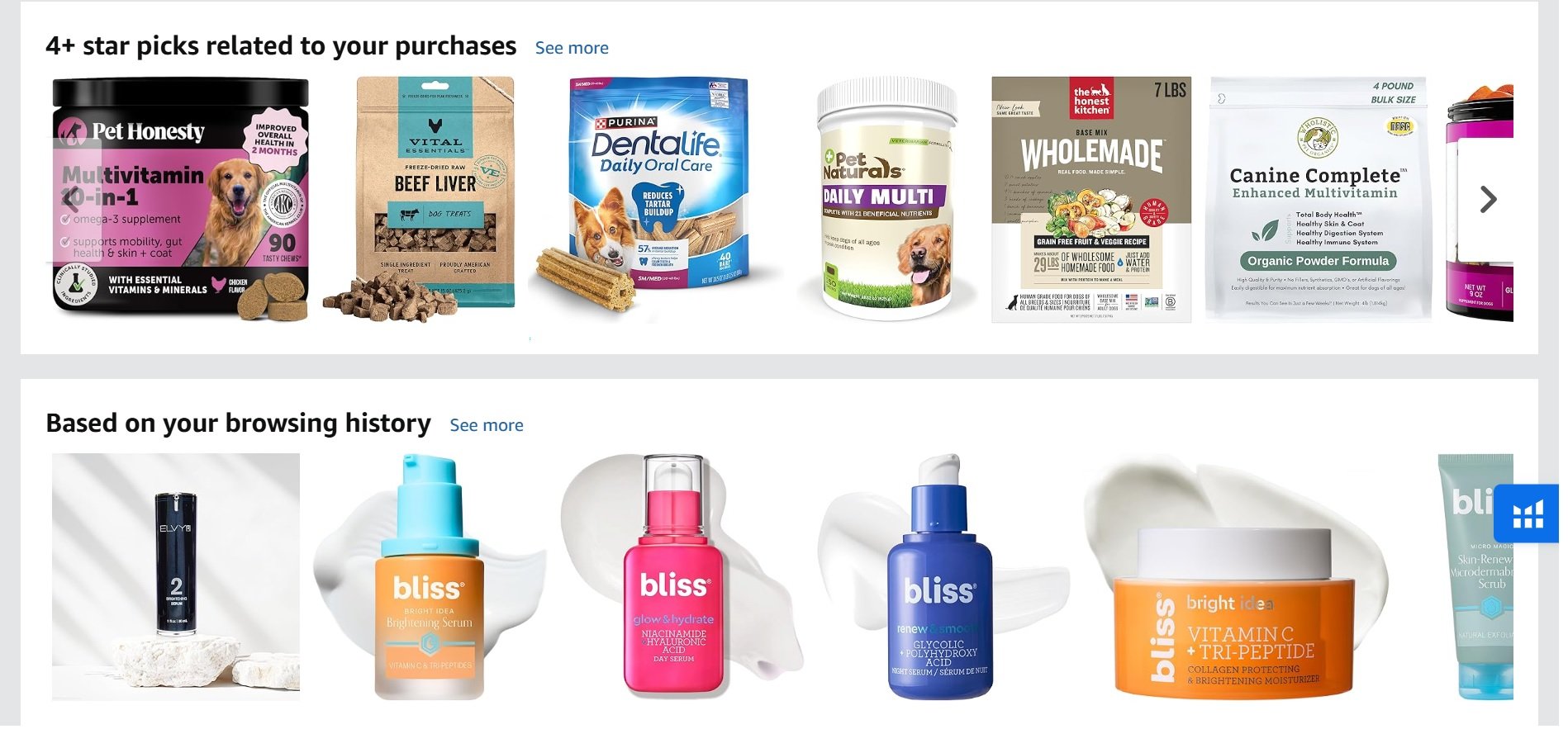
- Use browsing history, purchase data, and demographics to power online retail personalization.
- Show personalized product carousels on homepages or email campaigns.
- Recommend related products based on what similar users bought.
- Segment customers (e.g., new vs. returning) and adjust recommendations accordingly.
Personalized merchandising can increase engagement by 40% or more according to 2024 retail studies.
7. Social Proof & Customer Reviews
People trust other people more than ads. Real reviews and user-generated content are powerful trust builders that influence purchase decisions.
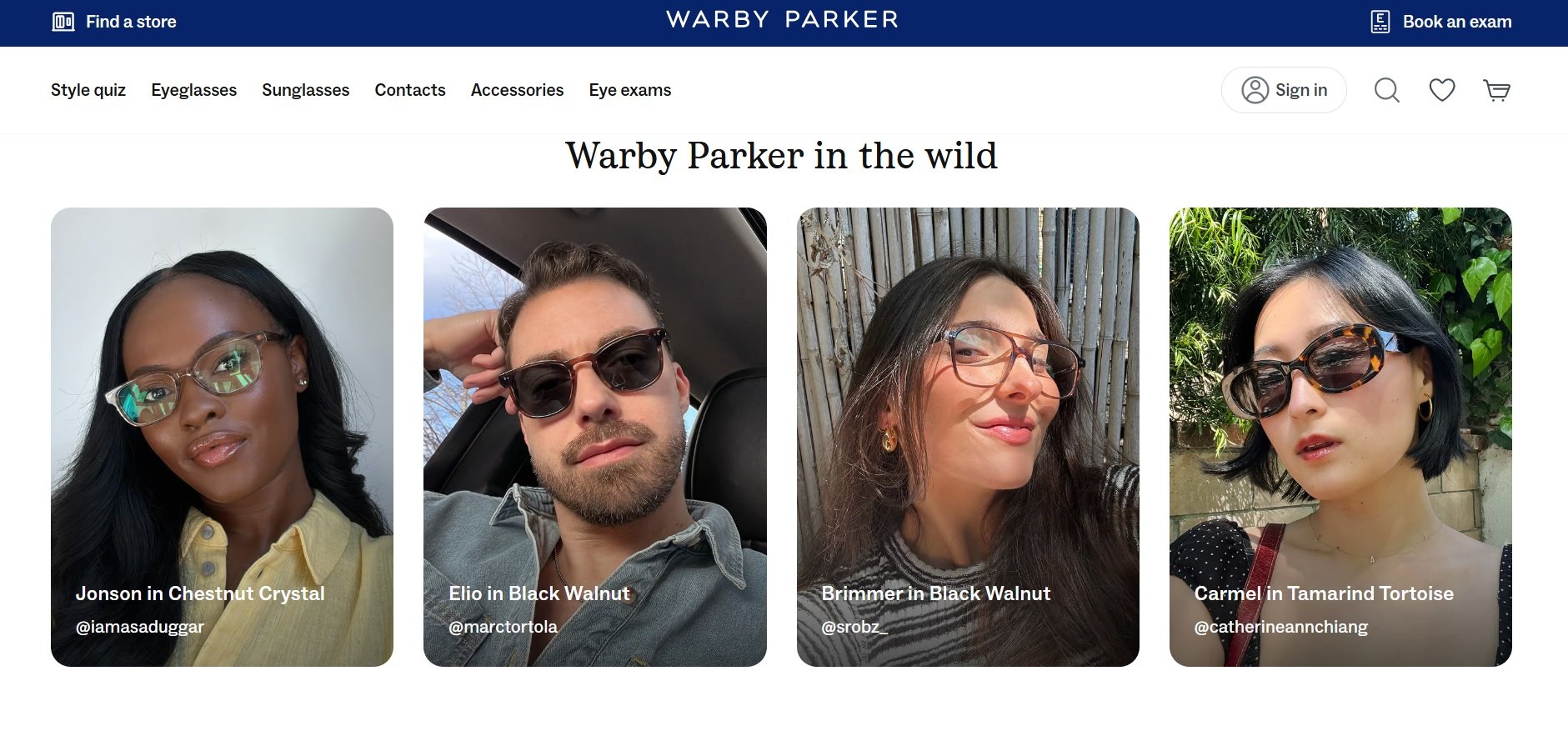
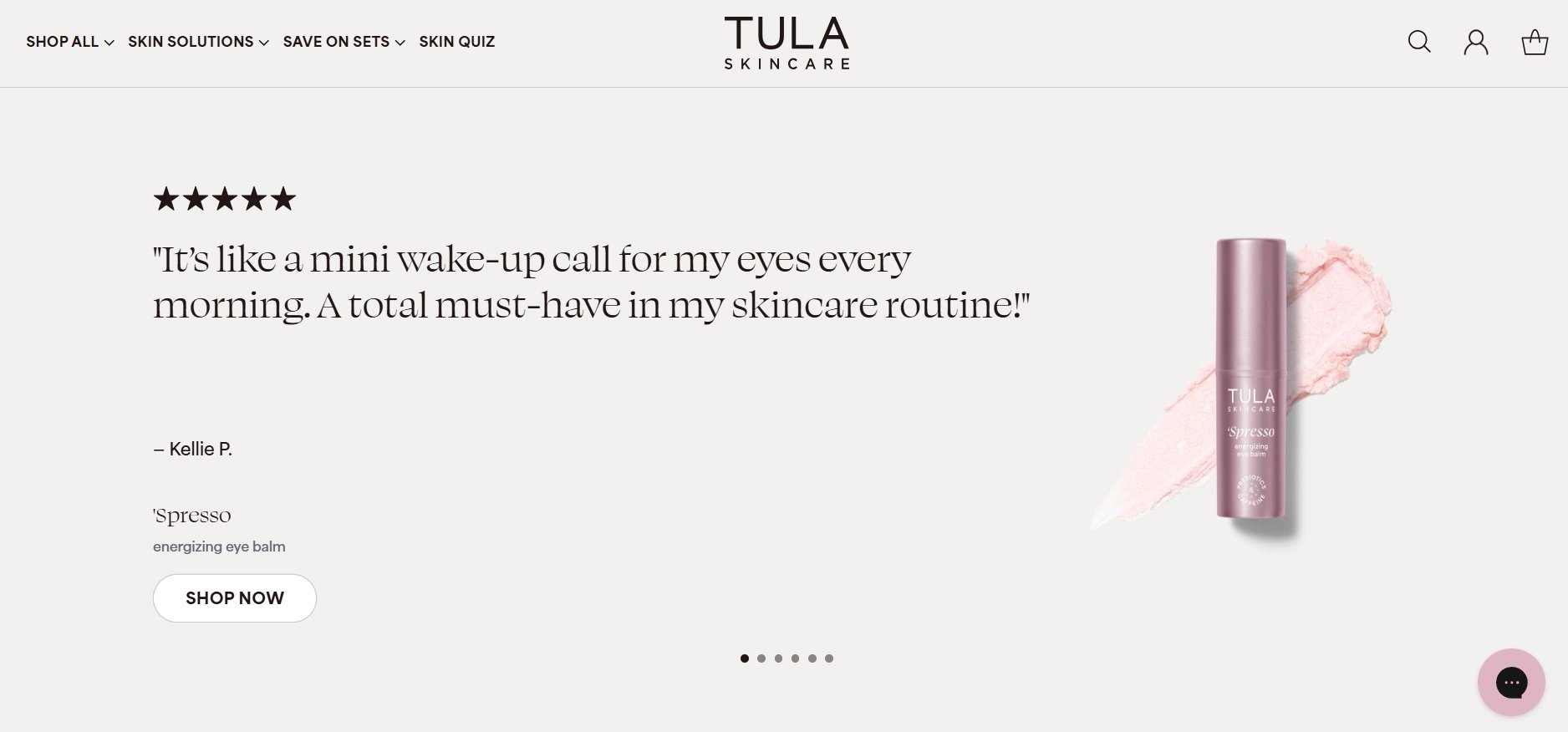
- Showcase verified reviews with product photos or star ratings.
- Add “Most Helpful” or “Top Rated” badges for credibility.
- Highlight UGC (user-generated content) like Instagram tags or unboxing photos.
- Include average rating summaries on product listing pages for quick scanning.
- Reviews can improve conversions by 200–270%, especially on high-priced items.
8. Cohesive Brand Identity
Every part of your site should look and feel like one unified experience. Consistency builds trust and loyalty across the customer journey optimization funnel.
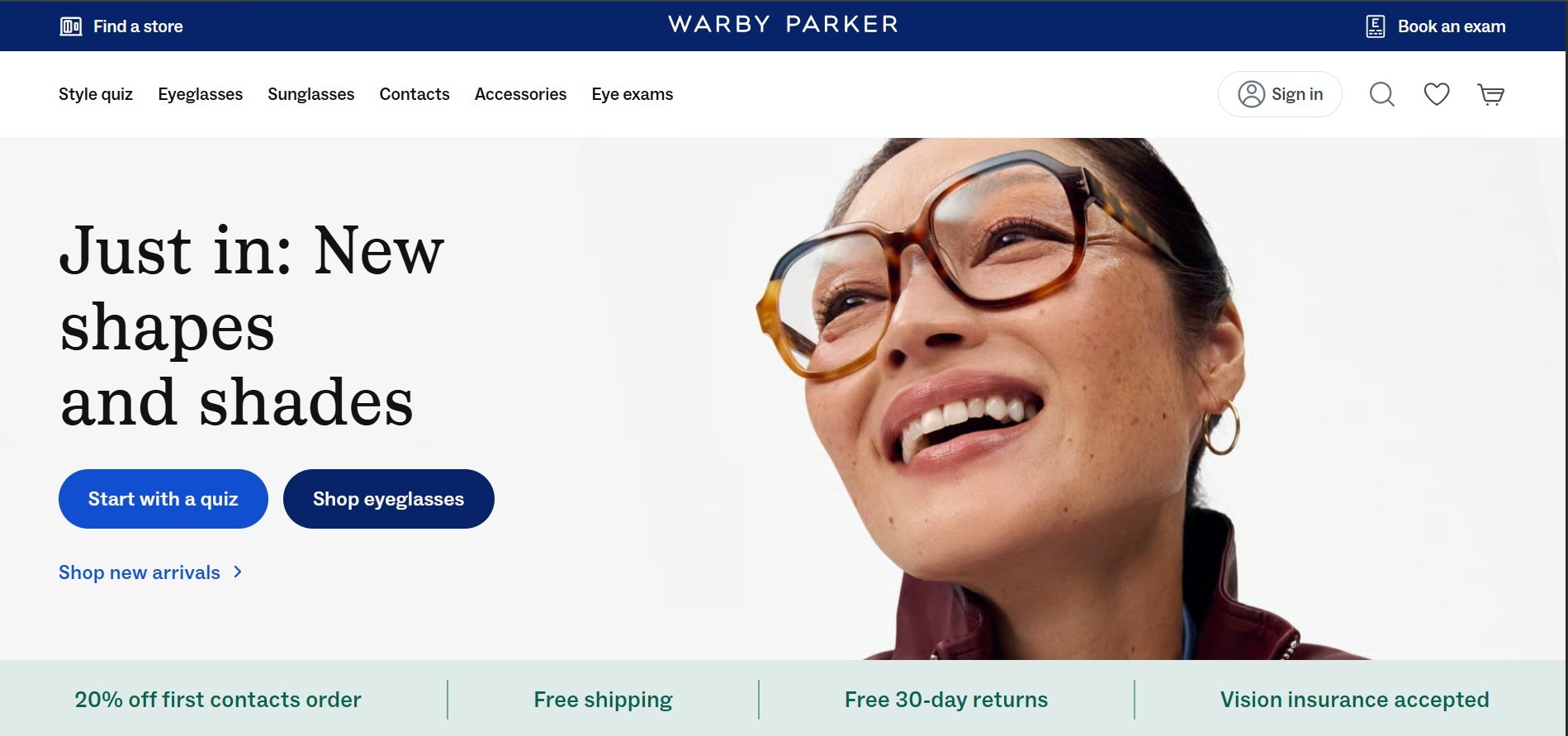
- Use a unified color palette, logo, and font style across your website.
- Keep tone consistent between product descriptions, emails, and social content.
- Reinforce trust by aligning design with your brand values (eco-friendly, luxury, tech-forward).
- Consistent design supports shopping experience enhancement by creating a smooth user journey.
9. Mobile & Omnichannel Optimization
Most eCommerce traffic now comes from phones. A mobile-first site ensures customers can browse, compare, and purchase without friction.
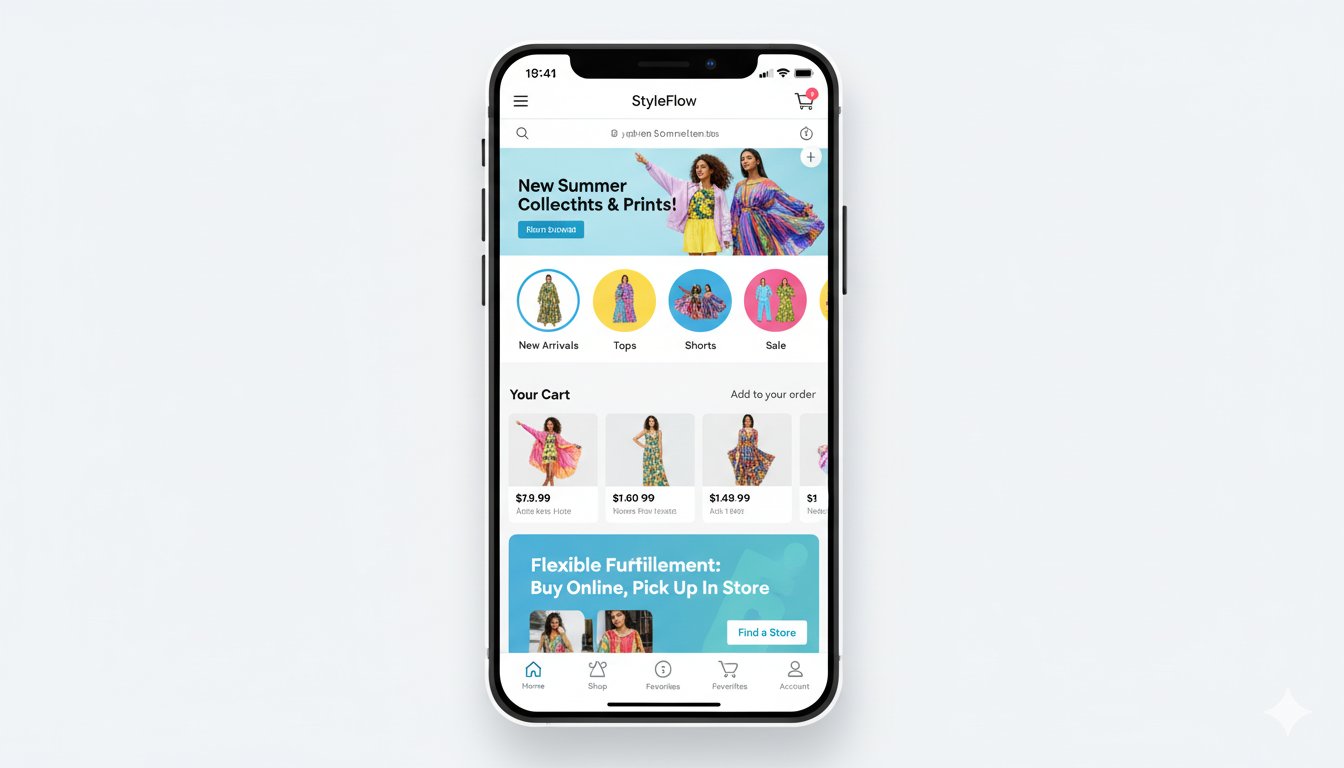
- Make layouts responsive with easy scrolling and large tap targets.
- Keep checkout forms short and auto-fill enabled.
- Add mobile-specific navigation (sticky menus, floating carts).
- Integrate social commerce like Instagram Shopping or TikTok Shop.
- Offer flexible fulfillment like buy-online-pickup-in-store (BOPIS).
10. Streamlined Checkout & Trust Signals
Checkout is where many carts die. Every extra step or hidden fee can make shoppers abandon their purchase. Simplify and reassure.
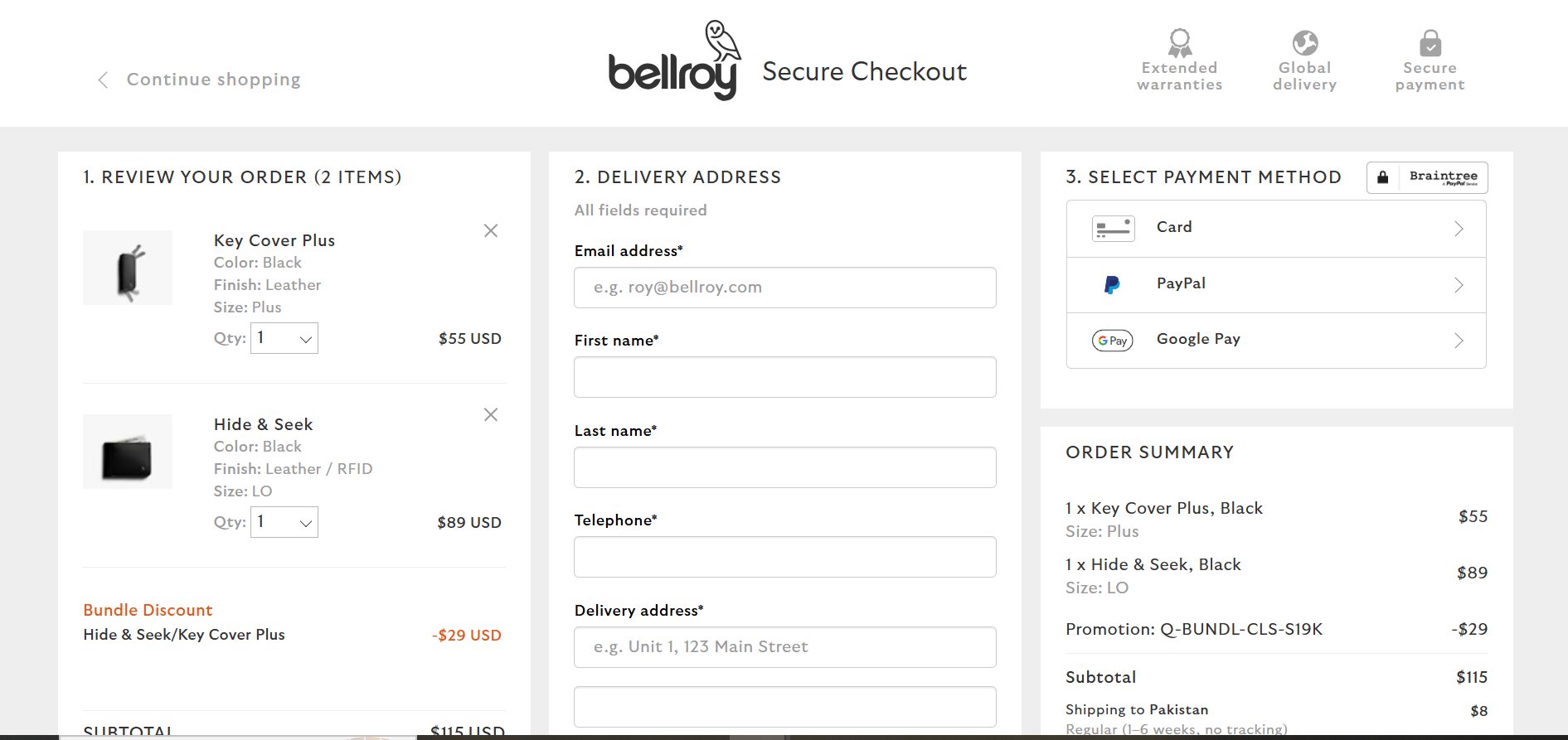
- Allow guest checkout to remove barriers.
- Add a progress bar showing how close shoppers are to completion.
- Offer popular payment options like PayPal, Klarna, or Apple Pay.
- Display SSL certificates, trust badges, and refund guarantees near the payment button.
- Show full costs (shipping, taxes) upfront to reduce abandonment.
11. Rotating Promotions & Scarcity Tactics
Fresh content keeps your store feeling alive. Promotions and limited-time offers encourage shoppers to act quickly and revisit often.
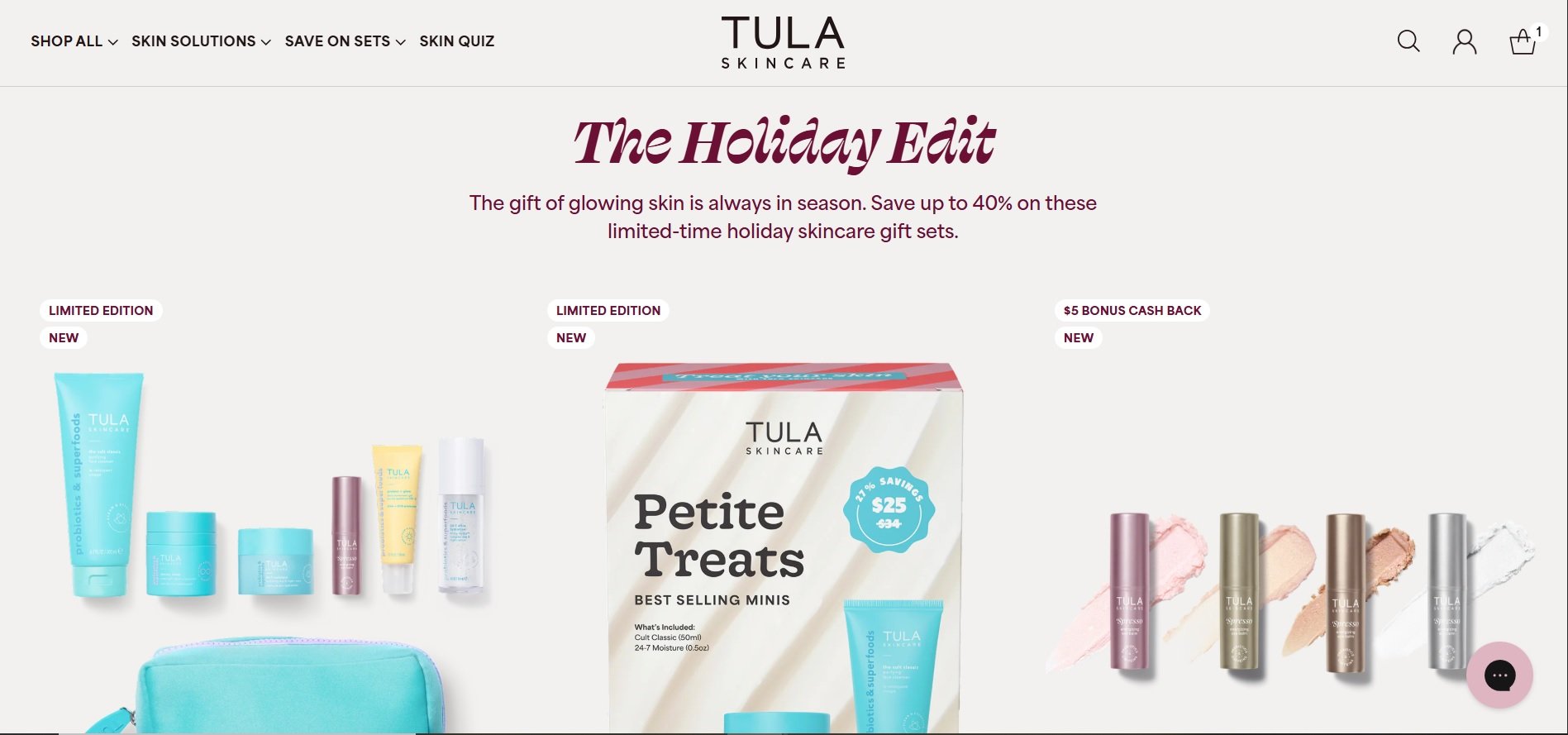
- Rotate banners for new arrivals, seasonal deals, or trending items.
- Use real-time stock counters or “Only X left!” alerts.
- Try flash sales or countdown timers to create urgency.
- Combine scarcity triggers with shopping experience enhancement messaging (e.g., “Exclusive for Subscribers”).
12. Data-Driven Testing & Analytics
Merchandising success is measurable. Regular testing ensures you keep improving instead of guessing.
- Track KPIs like conversion rates, bounce rates, and AOV.
- Run A/B tests for hero images, pricing formats, or CTAs.
- Use analytics tools to identify where users drop off in the journey.
- Apply learnings continuously to refine product display strategies.
13. Loyalty Programs for Repeat Buyers
Acquiring customers is expensive, retaining them is profitable. Loyalty programs increase repeat purchases and brand advocacy.
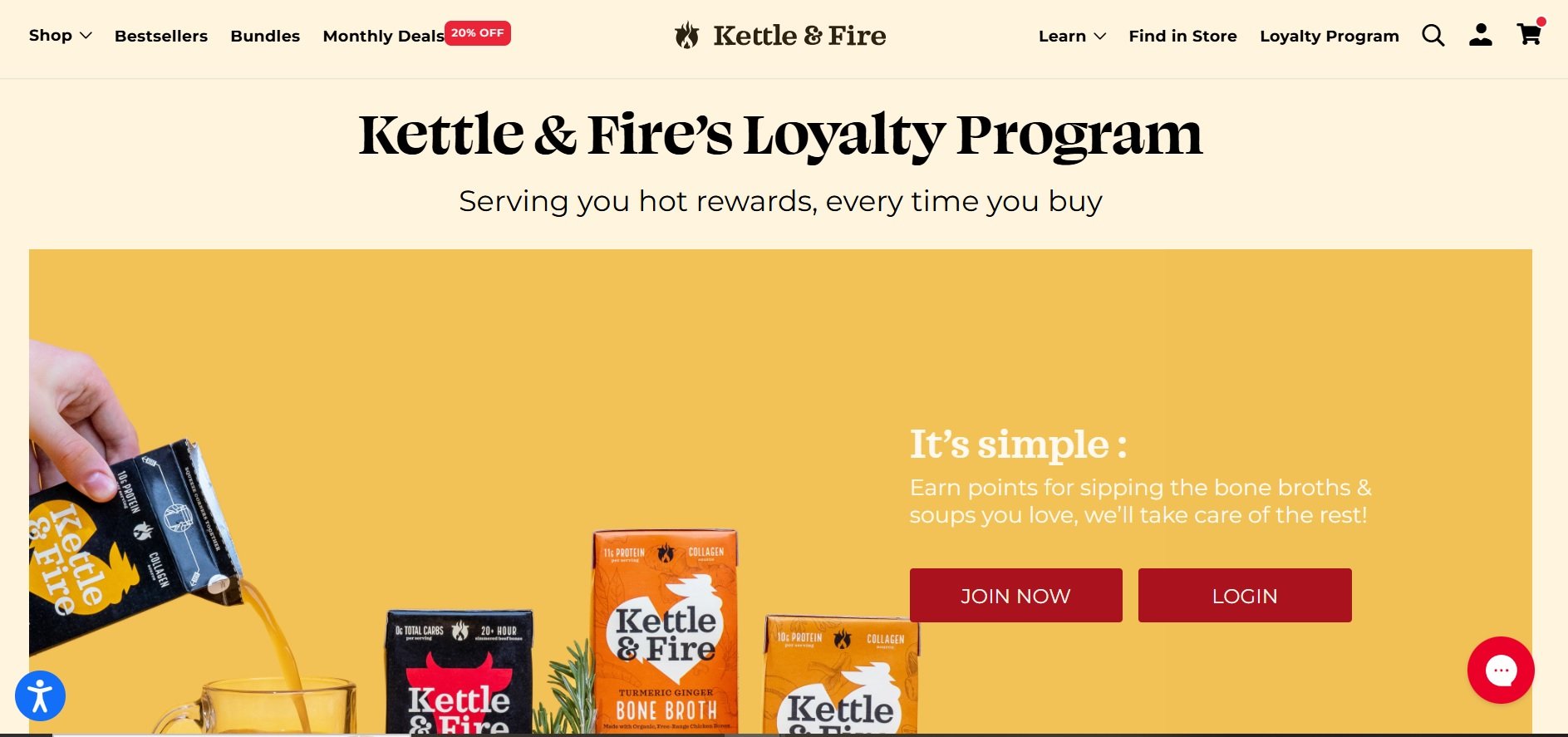
- Offer points, early access, or exclusive discounts to members.
- Personalize offers for high-value customers based on preferences.
- Use loyalty dashboards that remind users of their rewards.
- Encourage reviews or referrals as part of the reward system.
14. Optimized Product Pages (SEO-Friendly)
Every product page is a landing page. Treat it like a mini sales pitch that drives both ranking and conversion.
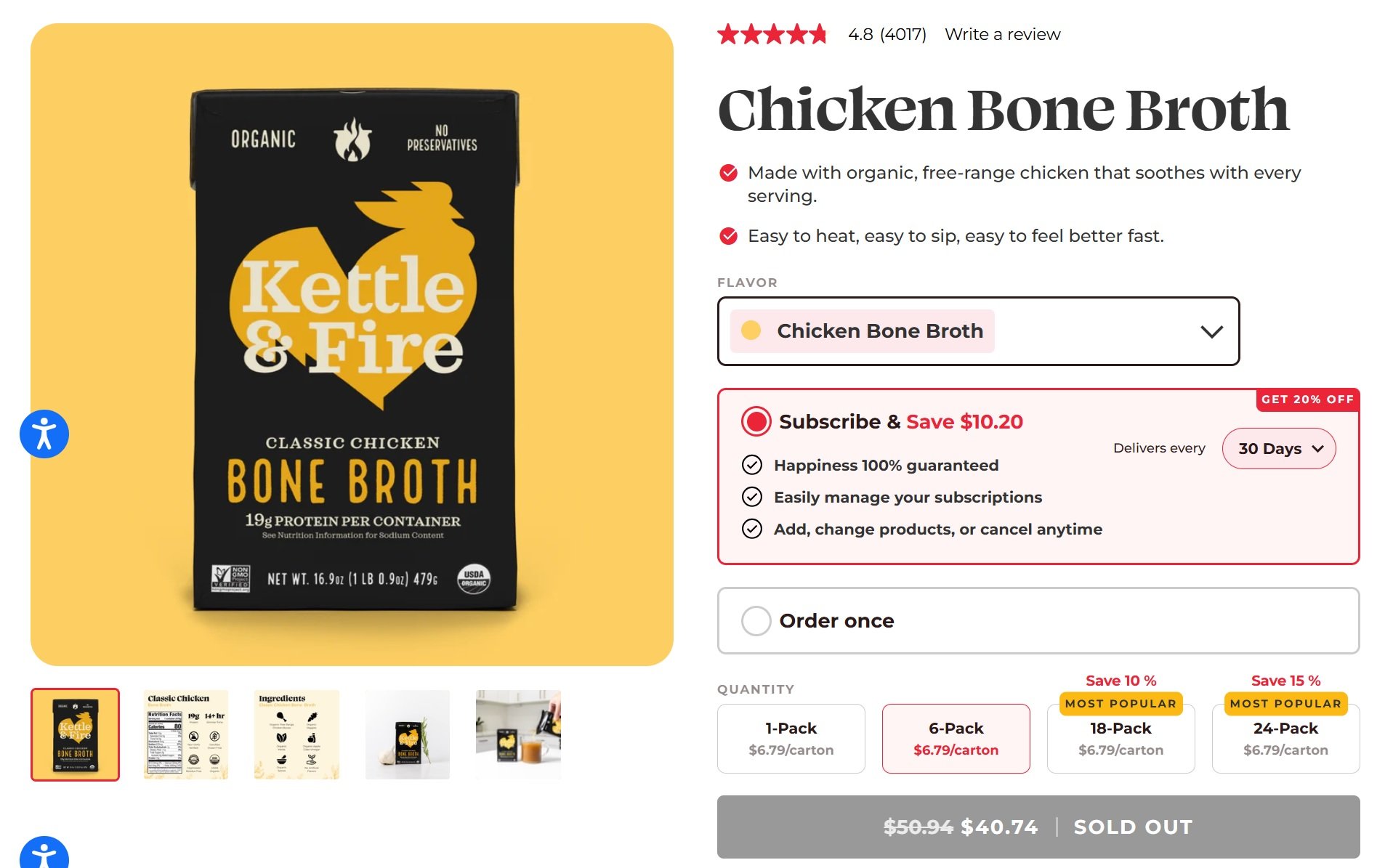
- Use detailed descriptions that explain both benefits and specs.
- Add FAQs, comparison charts, and shipping info directly on the page.
- Place call-to-action buttons above the fold.
- Use structured data markup to improve search visibility.
- Include internal links to related items for deeper browsing.
The tools you use matter, too. By 2025, the ecommerce world is expected to host over 28 million online stores. Shopify is leading the pack, powering 29% of them. These platforms come with powerful, built-in merchandising features that make it much easier to implement everything from personalized recommendations to real-time inventory updates.
Using Data for Decision Making
Great ecommerce merchandising is all about listening to what your customers are showing you through their actions. Data is the language they’re speaking, and learning to interpret it transforms raw numbers into smarter, more profitable decisions for your online retail business.
Instead of arranging products based on what you think will sell, you can tap into analytics to see exactly how shoppers behave on your site.
1. Understand Customer Journey
Your website analytics are a goldmine. Tools like Google Analytics and heat mapping software like Hotjar or Crazy Egg give you a clear, unfiltered look at the customer experience, from the first click to the final purchase.
So, what should you be looking for?
- User Flow Analysis: In Google Analytics, the Behavior Flow report is your roadmap. It shows the exact paths users take through your site, which pages they land on, where they click next, and most importantly, where they give up and leave. A high drop-off rate on a specific product page might be a red flag for bad images, a confusing description, or a pricing problem.
- Heat Maps and Click Maps: Tools like Hotjar or Crazy Egg are great because they’re so visual. They show you exactly where users click, move their mouse, and scroll. A heat map might reveal that a promotional banner you thought was a showstopper is being completely ignored. Or, it could show that users are repeatedly clicking a non-clickable image, pointing to a simple but frustrating design flaw.
- Product Carousel Performance: Take a hard look at the click-through rates (CTR) on your homepage’s “Bestsellers” or “New Arrivals” carousels. If the first couple of items get all the attention and the rest are collecting digital dust, it’s time to re-order them or A/B test a new product selection to improve engagement.
2. A/B Testing Your Way to Higher Conversions
Once your data has helped you spot a problem or an opportunity, A/B testing is how you prove your solution works. It’s a simple concept: create two versions of a page (an ‘A’ and a ‘B’ version), show each one to a different segment of your audience, and see which one performs better.
You don’t need a massive site overhaul to see an impact. Small, targeted tests can lead to surprisingly big wins.
- Product Placement: Is your top-selling product more effective at the very top of a category page or in a dedicated homepage banner? Run a test and find out for sure.
- Promotional Banners: Try testing different calls-to-action (“Shop Now” vs. “Explore the Collection”) or different images to see what drives more clicks and, ultimately, more revenue. If you’re running paid ads, monitoring the impact on metrics like your Amazon ACOS can show you how promotional tweaks tie directly to ad spend efficiency.
- Site Search and Filtering: If your data shows that “color” is the most-used filter in your clothing category, test what happens when you make it the default or most prominent filter option.
Data lets you move from making assumptions about what your customers want to making informed decisions based on what they actually do. Every A/B test, whether it wins or loses, teaches you something valuable.
By consistently digging into customer behavior and testing your merchandising strategy, you create a powerful feedback loop. This cycle of analysis, testing, and tweaking ensures your online store is constantly evolving to meet customer expectations. The direct results? A better user experience and healthier sales performance.
How AI Is Changing Digital Merchandising

Artificial intelligence in ecommerce isn’t a futuristic idea anymore, it’s here, and it’s completely changing the game for digital merchandising. Think of it as a super-smart assistant that takes all the classic merchandising strategies we’ve talked about and puts them on autopilot, turning raw customer data into personalized shopping experiences in real-time.
There’s a good reason for this shift. With global e-commerce sales expected to reach $7.4 trillion by 2025, just having good products isn’t enough to stand out. Retailers using AI are seeing sales conversions jump by 15-30% compared to stores still relying on static product lists.
At its core, AI removes the manual guesswork. Instead of a merchandiser hand-picking “related items” based on a hunch, machine learning algorithms sift through thousands of data points to do it better, faster, and for every single visitor.
1. Hyper-Personalization at Scale
The most obvious place you’ll see AI at work is in product recommendations. Old-school recommendation engines were fairly basic, usually just showing “what other people bought.” Today’s AI systems are worlds smarter.
They analyze a shopper’s real-time customer behavior on your site, looking at things like:
- Products they’ve clicked on during this specific visit.
- Items they’ve added to their shopping cart, even if they removed them later.
- How long they linger on certain product images or categories.
- Their entire purchase history and past browsing patterns.
This allows the system to build dynamic product carousels that feel incredibly personal. If someone is looking at running shoes, the AI might suggest high-performance socks from a brand they’ve bought before, not just another random pair of sneakers. It’s that level of detail that makes the experience feel helpful, not pushy.
2. Smarter Search and Product Discovery
A clunky site search is one of the fastest ways to lose a sale. AI is turning internal search from a basic keyword-matcher into an intelligent discovery tool that understands what people want.
AI-powered search algorithms can figure out user intent, even when the query is vague or misspelled. When a customer types in “warm coat for winter,” the algorithm knows to prioritize products with features like down filling, waterproof materials, and product reviews that mention cold weather. It can even personalize the results, bumping products from brands that particular shopper has shown interest in before.
It just makes finding the right thing faster and more intuitive, which is key to keeping people on your site.
3. Getting Started with AI Merchandising
The good news is you don’t need a team of data scientists to get started. Many ecommerce platforms and third-party tools now have AI features built right in, making it accessible for almost any business.
- Shopify: The platform’s app store is full of AI tools for product recommendations, personalized search, and even writing product descriptions. Apps like Searchanise or Rebuy are popular places to start.
- Klaviyo: This email marketing platform uses predictive analytics for customer segmentation. It can tell you who’s likely to churn or who has a high potential lifetime value, so you can tailor your email merchandising to match.
- Specialized Tools: To really see what’s possible, you can look into dedicated AI tools. Innovative solutions like AI-powered shopping assistants offer personalized guidance and visual merchandising. You can also find powerful options among the best Amazon seller tools, which bring similar intelligence to the marketplace environment.
By bringing these tools into your workflow, you can automate the nitty-gritty merchandising tasks. This frees up your team to focus on the big picture while the AI handles the real-time personalization that truly improves conversions and helps you manage your inventory smarter.
Merchandising Beyond Your Website
Great ecommerce merchandising can’t be trapped on your product pages. Your brand lives everywhere your customers are, so a smart strategy follows them, creating a consistent and compelling experience across every channel. Think of it as taking your beautifully arranged storefront and setting up pop-up shops all over the customer journey.
A shopper’s path to purchase rarely starts and ends on your website. They might find you on Instagram, get an email from you a week later, and interact with you again after the package arrives. Every one of these touchpoints is a chance to merchandise your products and tell your brand’s story.
1. Turning Social Feeds into Storefronts
Social commerce is booming, especially on visual platforms like Instagram and TikTok. People aren’t just scrolling to kill time; they’re actively hunting for their next purchase. Your social media has to be more than just a gallery of nice photos, it needs to function as a fully shoppable extension of your store.
This is where visual merchandising can really shine.
- Shoppable Posts and Stories: Tag your products directly in Instagram posts and stories. This removes all the friction between “I love that” and “I’m buying that.” A user sees a lifestyle shot they connect with, taps the tag, and is already halfway to checkout.
- Organic Product Placement: Ditch the hard sell. Weave your products into content that feels genuinely useful or entertaining. For instance, a home decor brand could post a Reel showing a “30-second room refresh,” naturally featuring their pillows and throws. It feels like a helpful tip, not a sales pitch.
- User-Generated Content: When happy customers post photos, you repost them. This is social proof in its most powerful form. It puts your products into real-world contexts and builds a community around your brand, giving new buyers the confidence to click “add to cart.”
2. Merchandising in the Inbox
Email is one of the most direct and powerful merchandising tools you have. It’s a one-on-one conversation with your customer, and a little bit of data can make every email feel like a personal styling session. The days of generic, one-size-fits-all email blasts are long gone.
The goal with email isn’t just to announce a sale. It’s to deliver a curated batch of products that feel like they were hand-picked just for the person reading it. Personalization is what makes your emails feel like a gift, not spam.
Here are a few ways to nail personalized promotional strategies via email:
- Post-Purchase Recommendations: Someone just bought a new coffee maker from you. Your follow-up email shouldn’t be about a random new t-shirt. Show them your best-selling espresso beans, a set of stylish mugs, or the perfect coffee grinder to complete their setup.
- “Back in Stock” Alerts: This turns a moment of disappointment into a sale. When a popular item is available again, let everyone who showed interest know immediately. It creates a natural sense of urgency that often drives a wave of quick sales.
- Segmentation-Based Promotions: Use what you know about your customers. If someone has only ever bought skincare, send them an email featuring your new vitamin C serum, not your latest haircare line. It shows you’re paying attention.
3. Optimizing the Post-Purchase Experience
Your job doesn’t end when the customer hits “confirm order.” In fact, the post-purchase window is a golden opportunity for merchandising that builds serious loyalty and sets up the next sale.
Think about it: order confirmation pages and shipping notification emails have some of the highest open rates of anything you send. Don’t let that prime real estate go to waste. You can easily add a small carousel of “You Might Also Like” products or include a small, time-sensitive discount on their next purchase. It’s a simple cross-selling move that can lead to a big boost in customer lifetime value.
By weaving a consistent experience across all these channels, you stop just selling products and start building a cohesive brand world. This omnichannel retail mindset is a huge piece of a modern digital shelf strategy, making sure your brand looks its best no matter where your customers find you.
Common Merchandising Mistakes to Avoid
Even a solid digital merchandising strategy can get tripped up by a few common, yet critical, mistakes. Getting these wrong can quietly drain your revenue by creating friction, confusing customers, or just failing to build the trust you need to make a sale.
Let’s walk through the most frequent missteps we see brands make and, more importantly, how to sidestep them.
Ignoring the Mobile Experience
This is, without a doubt, the biggest mistake you can make in 2025. More than half of all online shopping now happens on a phone, yet so many stores still feel like they were built for a desktop and just squeezed down to fit a smaller screen.
- What Not to Do: Using tiny, hard-to-tap buttons. Forcing users to pinch-and-zoom just to read product details. A checkout process with an endless scroll of tiny form fields. This is a recipe for instant frustration and abandoned carts.
- What to Do Instead: Design with mobile optimization in mind. Think big, thumb-friendly buttons and product images you can easily swipe through. Your checkout should be incredibly simple and support mobile payment options like Apple Pay or Google Pay. The goal is to make buying from a phone feel effortless, not like a chore.
Creating Decision Paralysis
It’s tempting to think more choice is always better, but it’s usually the opposite. When a customer lands on a page with a massive, unfiltered grid of 200 similar products, they don’t feel empowered; they feel overwhelmed. This is called decision fatigue, and it often ends with them just leaving your site.
- What Not to Do: Dumping your entire product catalog onto a category page with weak filtering options.
- What to Do Instead: Curate! Use smart filtering that lets shoppers slice and dice the options by key attributes like size, color, or price. Feature a “Top Picks” or “Bestsellers” section right at the top to guide new visitors toward products people already love.
Neglecting Social Proof
Here’s a hard truth: shoppers trust other shoppers way more than they trust your marketing copy. Failing to showcase customer reviews, product ratings, and user-generated content is like hiding your best testimonials. New buyers hesitate because there’s no third-party validation that your product is worth their money.
- What Not to Do: Having product pages with zero customer reviews or burying the review section way down at the bottom of the page.
- What to Do Instead: Make customer ratings pop, placing them right below the product title. Send out post-purchase emails to encourage reviews, and showcase customer photos (with permission, of course!) directly on the product page. This builds instant credibility and closes the confidence gap.
Inconsistent Visual Branding
Your brand’s visual identity needs to be a united front, everywhere. A classic mistake is having polished, professional photos on your website but then posting blurry, off-brand images on social media or in email campaigns. This kind of inconsistency creates a disjointed experience that can make your brand feel less professional and trustworthy.
This disconnect isn’t just visual, either. Poor online merchandising can wreak havoc on your physical inventory. When your site isn’t driven by data, you often end up with overstocked or understocked items in the warehouse. For a closer look at solving this, our guide on inventory management best practices connects these digital dots to physical stock control.
Common Ecommerce Merchandising Questions, Answered
Even with the best game plan, questions about ecommerce merchandising are bound to pop up. Let’s tackle some of the most common ones we hear from brands.
What Is the Difference Between Marketing and Merchandising?
It’s a classic question, and it’s simpler than you might think. Think of it this way: marketing gets people to the party, and merchandising makes sure they have a great time once they’re there.
Marketing is all about attraction. It’s the broad set of activities you use to build brand awareness and drive traffic to your store, things like running social media ads, sending email newsletters, or climbing the ranks on Google with SEO.
Merchandising, on the other hand, is all about the experience inside the store. It’s the art and science of presenting your products on your website to turn that hard-won traffic into actual sales. This covers everything from product placement and category organization to visual appeal and cross-selling. If marketing got them in the door, merchandising is what convinces them to stick around and buy something.
How Can Small Businesses Improve Their Merchandising?
You don’t need a massive budget or a huge team to make a real impact. For small businesses, the key is to focus your energy on the things that deliver the biggest bang for your buck.
Here are a few high-impact, low-cost moves:
- Lean into Social Proof: Your happy customers are your most powerful sales tool. Make leaving a review ridiculously easy and feature those ratings all over your product pages. Showcasing user-generated content, like photos from customers, builds instant trust without costing you a dime.
- Curate Your Homepage: Your homepage isn’t a static brochure; it’s your digital storefront window. Make a point to manually update it every week to shine a spotlight on your bestsellers, a hot new arrival, or a seasonal collection. It’s a simple change that keeps your site feeling fresh and guides shoppers straight to your best stuff.
- Optimize Product Photos: Forget the expensive studio. A modern smartphone, some good natural light, and a clean background can work wonders. Just focus on getting crisp, clear images from multiple angles. The goal is to give shoppers the confidence to click “add to cart.”
How Often Should I Update My Product Merchandising?
There’s no single magic number here, but a great rule of thumb is to make small tweaks weekly and plan for bigger overhauls seasonally. A “set it and forget it” mindset is a recipe for a stale, uninspired website.
Your update schedule should really be a mix of proactive planning and reactive adjustments.
- Weekly: Dive into your analytics. Is a particular product suddenly taking off? Get it on the homepage, fast. Is that new promotional banner getting zero clicks? Swap it out for something else.
- Monthly: Give your category pages a refresh. Reorder products based on the latest sales data or what’s relevant for the upcoming month.
- Seasonally: This is when you go big. Plan your major collection launches and promotional campaigns around key holidays and seasons. Think of this as your chance to do a larger redesign of your homepage and featured products.
What Are the Most Important Merchandising Metrics to Track?
If you want to know if your merchandising efforts are actually moving the needle, you have to track the right data. It’s easy to get lost in a sea of numbers, so focus on the metrics that tie directly to sales performance.
These are the big four you should be watching like a hawk:
- Conversion Rate: This is the heavyweight champ. It tells you exactly what percentage of your visitors end up making a purchase.
- Average Order Value (AOV): Are your cross-sells and upsells doing their job? A rising AOV is a clear sign that shoppers are adding more to their carts.
- Add-to-Cart Rate: This metric shows you how effective your product pages are. A high rate means your photos, descriptions, and layout are compelling people to take the next step.
- Bounce Rate on Product Pages: If people land on a product page and leave immediately without clicking anything else, you’ve got a problem. This is a massive red flag that something in your presentation is turning them off.




